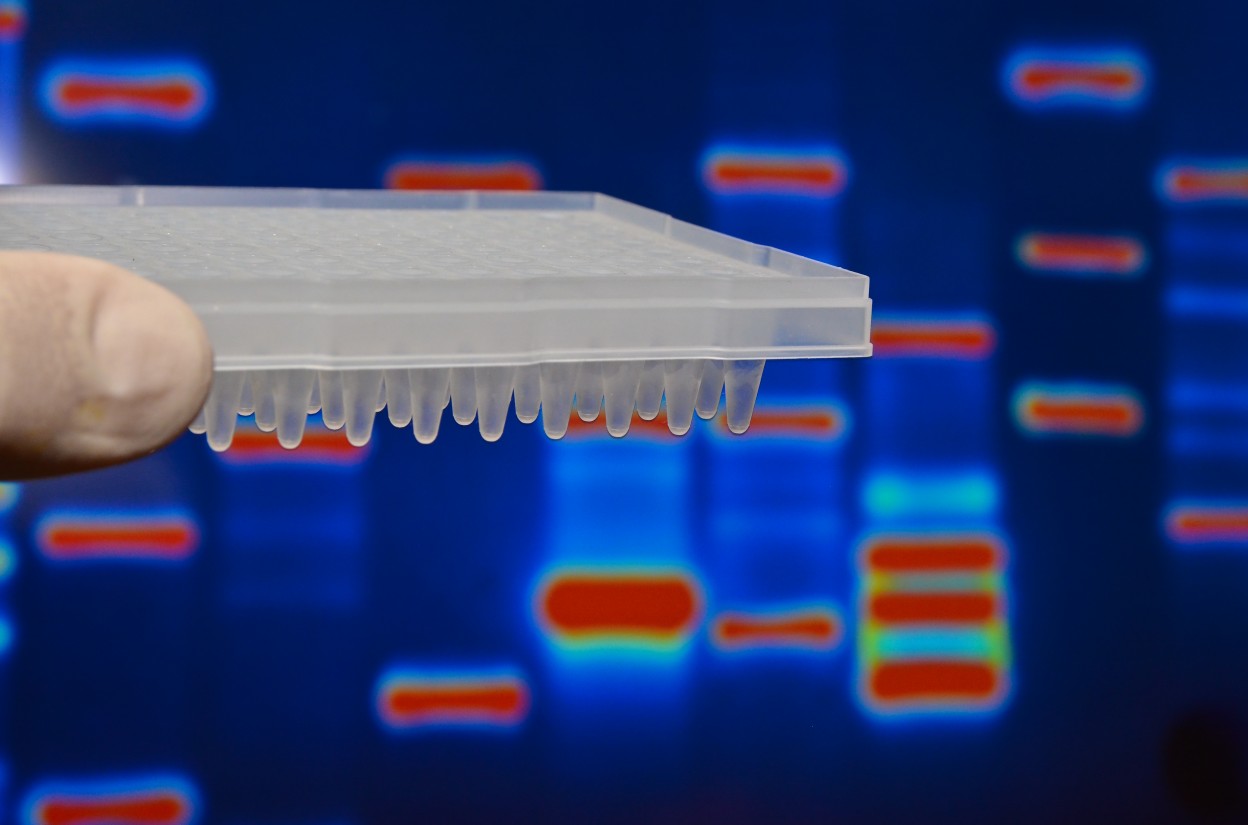Possible Skin Biomarker to Diagnose Fragile X-linked Syndrome Identified in Study

Researchers have identified a possible biomarker to detect fragile X-associated tremor/ataxia syndrome (FXTAS), according to case report.
The study, “In tracellular FMRpolyG-HSP70 complex: Possible use as biochemical marker of Fragile X Tremor Ataxia Syndrome,” was published in bioRxiv.
FXTAS is a late-onset neurodegenerative disease that affects those who carry CGG-repeat expansions in the premutation range within the FMR1 gene, the gene that causes fragile X.
A premutation carrier is an individual with between 55 and 200 CGG repeats in FMR1. The full mutation is defined as over 200 CGG repeats, and results in fragile X syndrome.
While patients in the permutation range do not develop fragile X syndrome, 25% of these people will develop FXTAS.
FXTAS patients have aggregates formed by small proteins that contain several glycine amino acids — the building blocks of proteins — in a row, called a polyglycin stretch (FMRpolyG).
These aggregates are toxic for nerve cells and have been isolated from fly and mouse models, as well as from FXTAS patients taken in post-mortem biopsies. However, they had never been isolated from living patients.
In this case study, researchers isolated fibroblasts — connective tissue cells present in the skin — from a 50-year old male who had a history of tremor and slowness since age 43.
Using specific techniques, namely immunocytochemistry (ICC) and Western Blot analysis (WB), they identified protein aggregates containing FMRpolyG in the patient’s fibroblasts.
Interestingly, researchers also found that FMRpolyG is located in the same areas as the HSP70 protein — a known marker of cellular defense against protein aggregates and one found in the brains of deceased FXTAS patients.
“Even though the validation of this procedure needs larger number of FXTAS patients to be evaluated in order to assess its diagnostic and predictive value, these data demonstrate that it is possible to assess the presence of potential toxic FMRpolyG-HSP70 aggregates in skin biopsies from FXTAS living patients,” the scientists wrote.
In the future, researchers hope that FMRpolyG-HSP70 aggregates could be used as a potential biomarker to diagnose patients with neurological signs of FXTAS.






